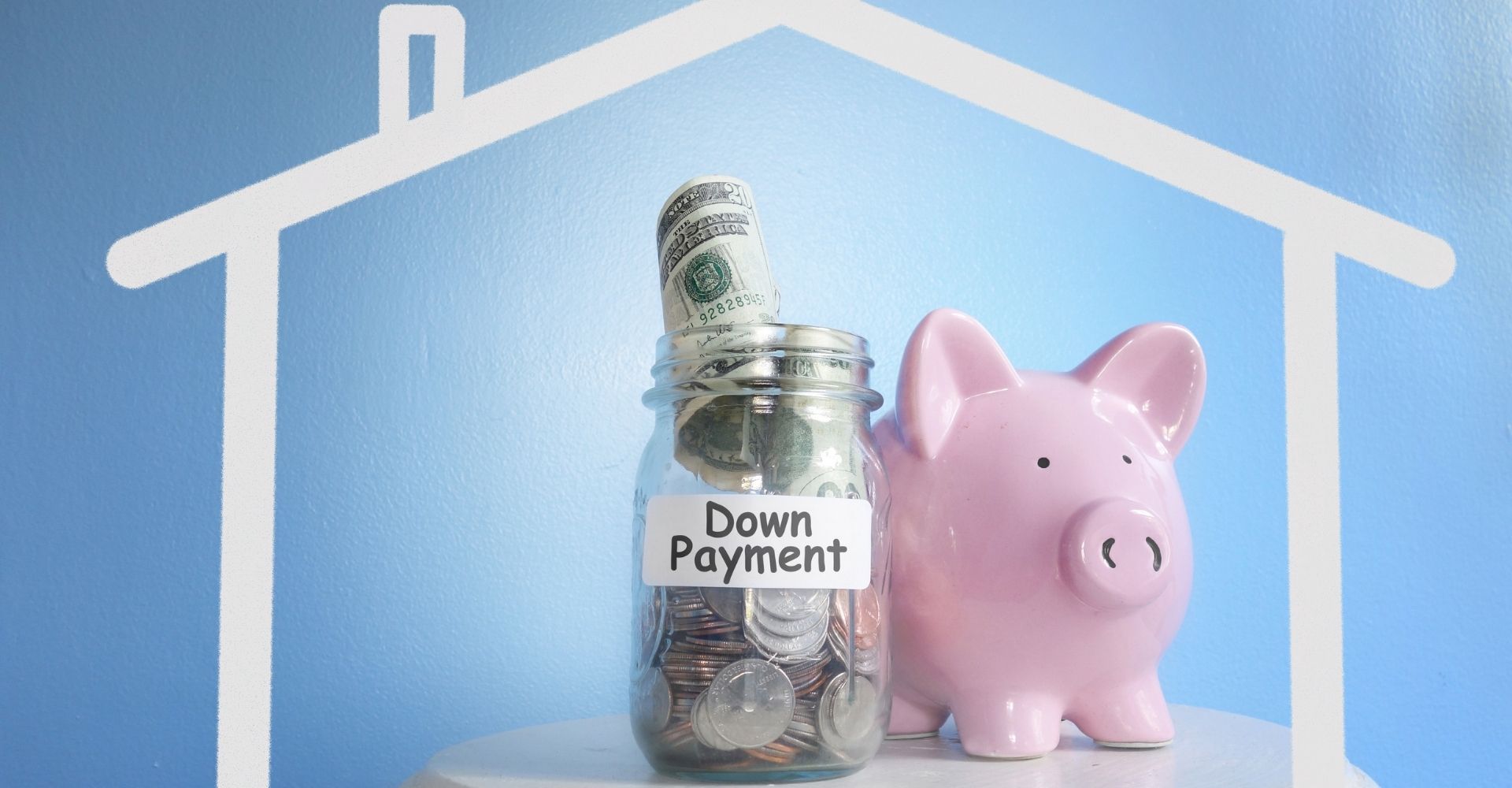If you’re like most new home buyers, the main thing standing between you and your real estate dreams is saving up for a down payment.
Most mortgages require you to put at least some money down as part of the mortgage loan process to make sure you have skin in the game.
But if you’re already paying for rent to your landlord (along with the rest of life’s necessities), saving thousands of dollars to buy a house can seem like a daunting task.
Contrary to popular belief, most mortgages do not require the traditional 20% of the purchase price as a down payment.
Let’s break down how much you will really need to save for a down payment on a home in Texas.
We’ll also look at the pros and cons of putting down more than you need to, and our top tips on how to make saving a breeze.
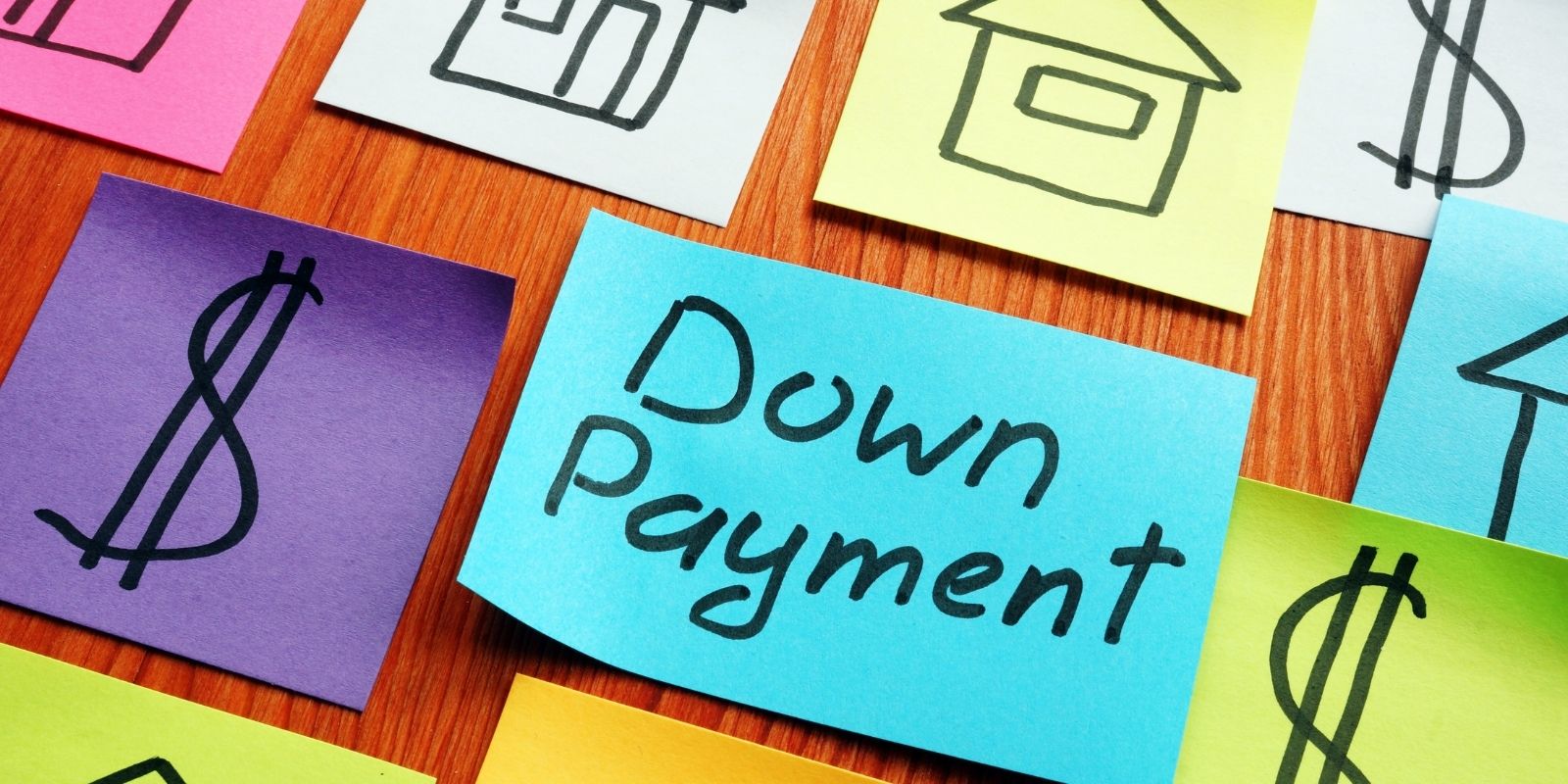
What is a Down Payment?
Saving for a down payment is a crucial (albeit difficult) step in the home buying process.
A down payment is the amount of money you must bring to the table when you purchase a home.
Banks will not lend you 100% of the amount needed to purchase a home because it puts them at too much risk.
If you stopped paying on your mortgage, they must go through the lengthy, expensive foreclosure process.
True, they have the resale value of the house to recoup some of their losses, but to get that money, the bank needs the help of costly lawyers, real estate agents, appraisers, and other professionals.
Banks reduce this risk of loss by requiring that you make a down payment in order to get a loan.
This ensures you have skin in the game and you stand to lose out if you stop making mortgage payments.
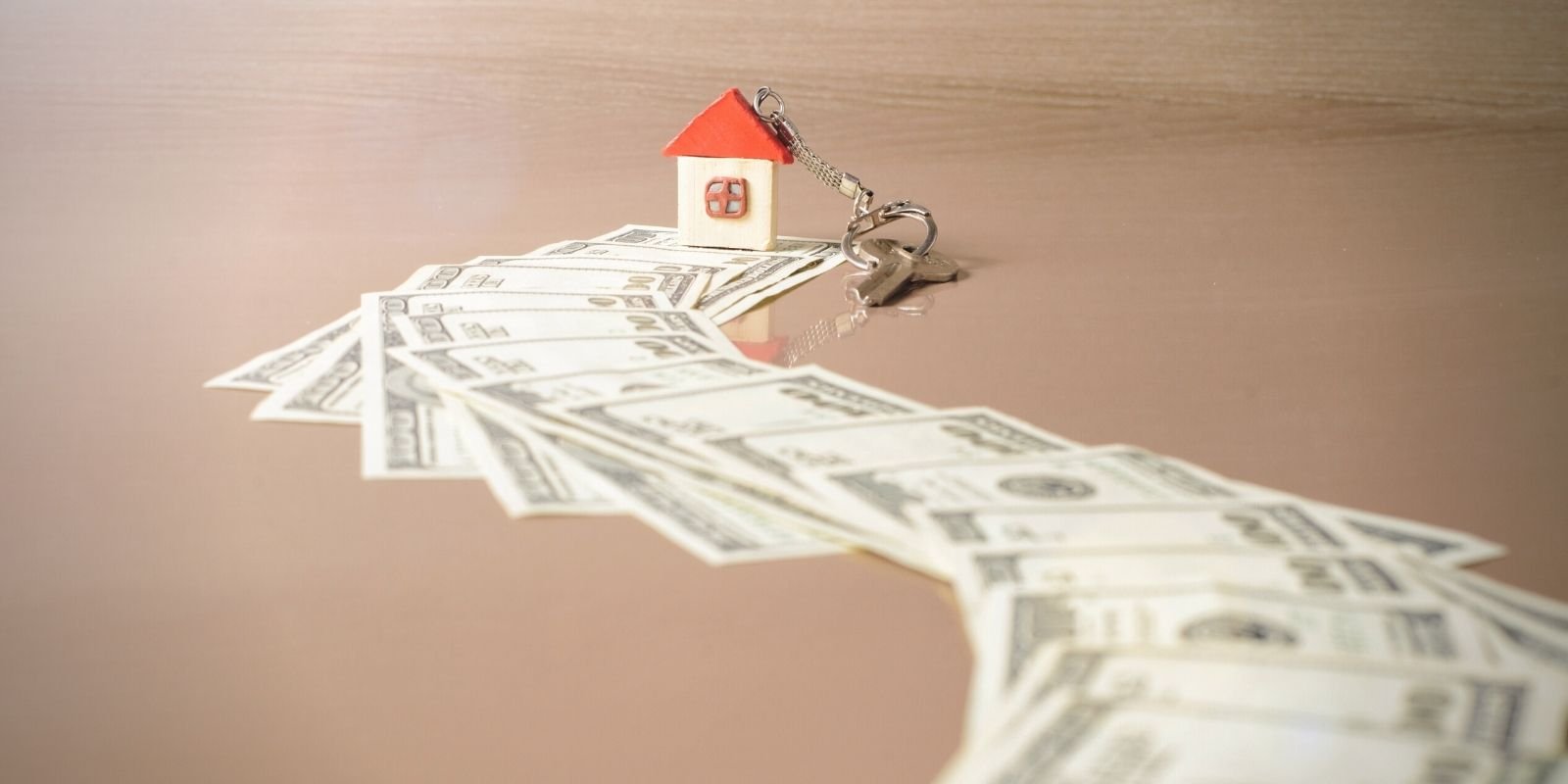
Do I Need A 20% Down Payment?
You may have heard that to buy a home, you’ll need 20% of the total cost of the home saved up for the down payment.
The truth is that as long as you plan to live in the house, few (if any) lenders require 20% down at closing.
As of 2019, the average down payment for a first-time homebuyer was just 6%, and the average for repeat homebuyers was only 16%.
That said, it may still make sense to save 20% if possible.
It’s worth noting that opting for a small down payment is a common mistake home buyers make when shopping for a mortgage.
It’s important to weigh the pros and cons of putting down a sizable chunk of cash.
This will help you to see what will work best with your finances and goals.
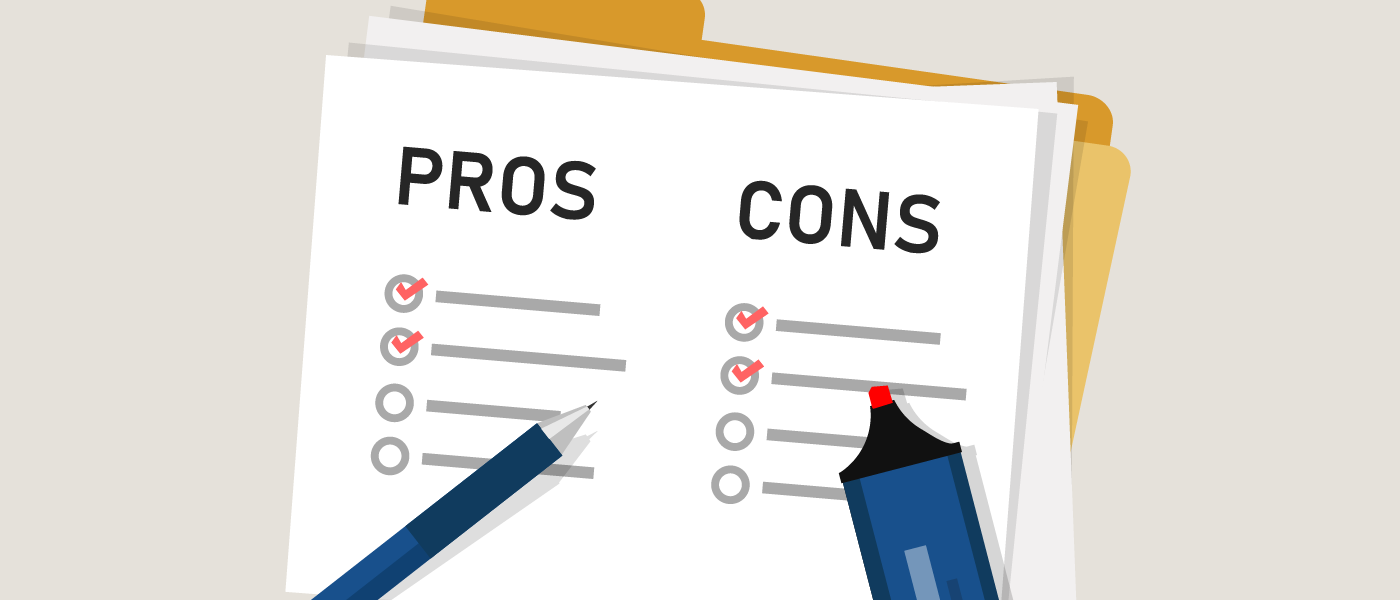
What are the Pros & Cons of Putting 20% Down?
Putting 20% down offers a number of benefits, but saving that much can be challenging, especially for first-time homebuyers.
Let’s dive into the pros and cons of putting 20% down to see how a large down payment can offset other payments and expenses.
Pros of Putting 20% Down
If you can scrape together enough cash for a 20% down payment, you’ll enjoy the following benefits.
No Private Mortgage Insurance [PMI]
Lenders require that buyers who put less than 20% down to purchase private mortgage insurance.
This insures the lender in case the buyer defaults on their loan, since the buyer has relatively little invested in their own home.
PMI is added to every mortgage payment and costs 0.5 – 1% of your loan amount per year.
PMI provides absolutely no benefit to the buyer, so avoiding this needless expense is a major perk for those who can put 20% down.
Competitive Edge Over Other Buyers
In a hot seller’s market like the one we have now, buyers will need every advantage they can get to snag their ideal home.
While it may seem inconsequential, a 20% down payment is more appealing to sellers than a smaller one.
Buyers know that a common reason that deals fall through is hiccups with financing, so having a 20% down payment conveys to the buyer that you are serious, in a stable financial position, and you have enough cash to close on the house.
With a higher down payment also comes access to additional financing options (more on those below).
Sellers will be reassured that if one type of loan doesn’t work out, you still have other avenues.
Better Interest Rates & Less Interest Over Time
The best interest rates are reserved for buyers with large down payments and high credit scores.
The difference between a 3.5% and a 3.25% interest rate may seem tiny, but this translates to a difference of over $30,000 in interest over the life of a 30-year mortgage on a $300,000 house!
What’s more, a larger down payment means that your total loan balance is smaller, giving you even more savings on interest.
Lower Monthly Payments
The larger your down payment, the less money you’ll borrow for your mortgage loan.
A smaller loan means smaller payments, which means there’s more cash in your pocket each month for something other than housing.
Cons of Putting 20% Down
Despite all its advantages, putting 20% down isn’t necessarily right for every buyer.
Here are some of the drawbacks of making a 20% down payment.
Longer Time to Save
Saving for a down payment can take many months—or even years.
This is possibly the biggest deterrent for people considering a hefty down payment.
Opportunity Cost
Not only does it take consistent sacrifice for a prolonged period of time, but you still have to pay for a place to live in the meantime.
Putting your housing budget in your landlord’s pocket instead of toward your own home’s equity is a big bummer.
This opportunity cost of spending money on rent while saving for a home will make most potential homebuyers think twice.
Greater Risk Financially
A large down payment puts a lot of financial eggs in one basket — your house.
That’s great for building equity, but all the cash you put down is locked away in cold storage.
It’s tied up in an asset you can’t sell without becoming homeless, making it unavailable for use in any investment or other opportunity.
If you don’t have enough liquid cash and other assets to offset a large down payment, it could put you at unnecessary financial risk.
Less Money for Repairs & Other Things
Many new buyers opt for fixer-upper homes, favoring the trade-off of a few repairs in exchange for a lower price.
However, the more you put down on a house, the less money you’ll have to spend on repairs and maintenance.
If you know your home will need extensive renovations, it may be better to preserve cash for those immediate needs rather than to put it toward your mortgage.
This is also why it’s important that you know what to look for when buying a house.
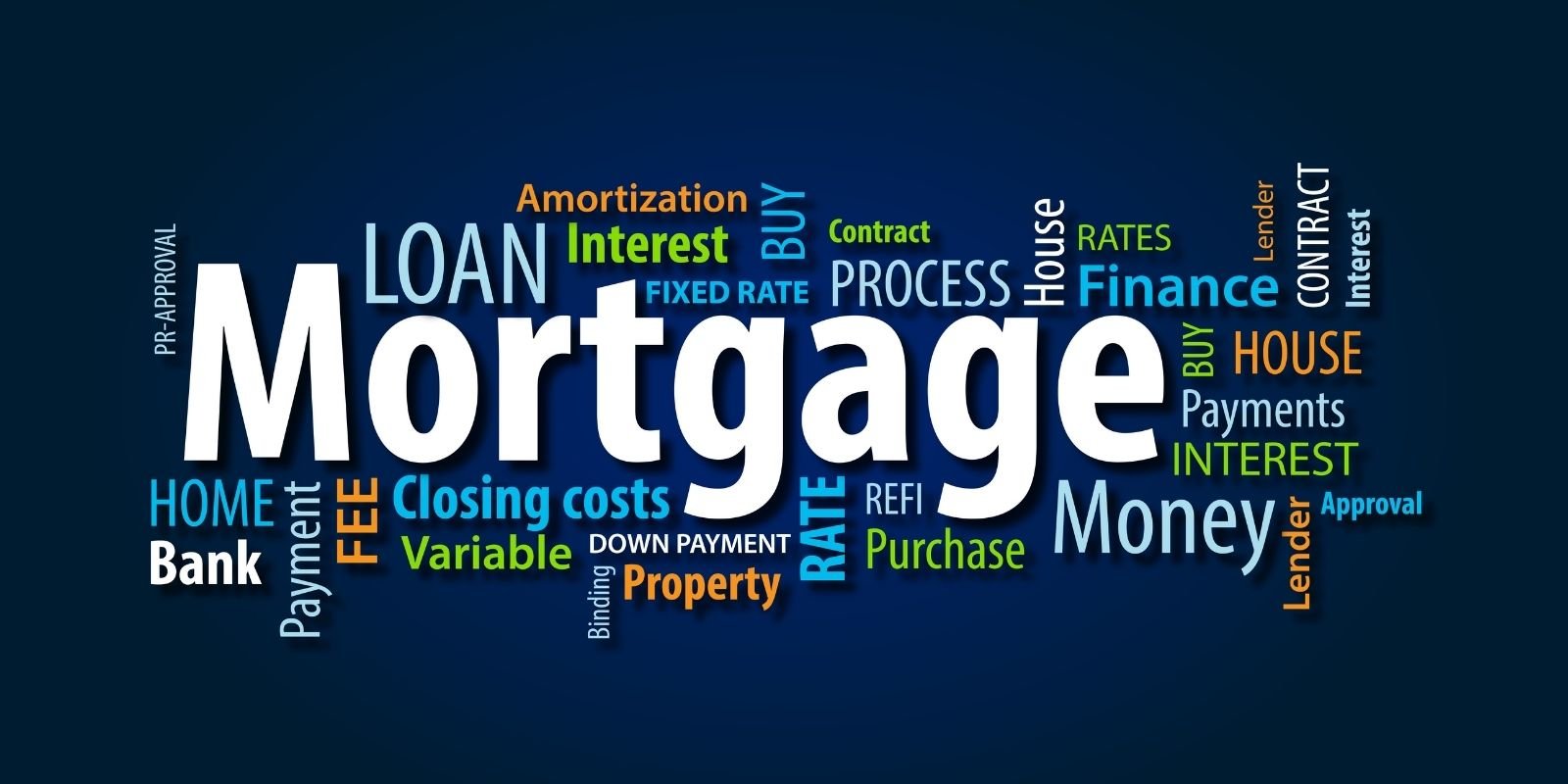
Types of Loans & Down Payment Requirements
There are many different types of mortgages, many of which allow for small down payments.
Lower down payment loans are typically more expensive.
In general, the less money you put down upfront, the more money you will pay in interest and fees over the life of the loan.
For instance, if you’re buying a house for $200,000 with an FHA loan that requires a 3.5% down payment ($7,000), you can expect to get around a 3.9% interest rate if you have good credit.
You’ll pay $910 monthly, which brings the total price of your house to $327,715 over the life of your loan.
But if you put 20% down for a conventional mortgage, your monthly payment will only be $755 and your home’s price drops to $271,681.
By putting down an extra $13,000, you’ll save about $56,000 in interest!
These numbers don’t even include the savings you’d get by not paying PMI (0.5% – 1% of the loan amount each year), nor does it factor in the superior interest rate a loan with a high down payment is likely to get.
So your savings would be even more than this example shows.
That said, saving up $13,000 would take most families many months, if not years.
It may be more prudent to take a lower down payment option and put what you would have saved for the down payment toward your mortgage principle instead.
Below, we’ll walk through many of the different types of mortgages so you’ll know what options are available for your situation.
If you’re looking for a lender, you should take a look at our guide for homebuyers on finding a mortgage lender.
Conventional Loans
A conventional mortgage is a simple loan drawn up between you and the bank.
The bank sets the terms of these loans, and because none of the loan amount is insured by the government or any other party, these typically require greater down payments.
The minimum is 3% down, but if you have bad or little credit or a high debt-to-income ratio, be prepared to put down more than this.
These loans are often used on fixer-uppers or properties that wouldn’t meet the stringent requirements of government-backed loans.
FHA Loans
Federal Housing Administration loans (FHA loans) are designed to help folks with low incomes or lower credit scores become homeowners.
FHA loans are issued by banks but backed by the federal government, so the bank doesn’t take a big hit when a buyer defaults.
This makes banks more open to lending to people that wouldn’t make the cut for conventional mortgage loans.
FHA loans require a 3.5% down payment if your credit score is above 580 and a 10% down payment if it’s between 500 and 579.
The FHA also requires that the home meet certain guidelines for safety and functionality.
So if you are looking at a fixer-upper, an FHA loan might not be the best option.
Jumbo Loans
Jumbo loans are those too big to be sold to Fannie Mae or Freddie Mac, the government’s secondary mortgage market entities.
In 2021, these are loans in excess of $548, 250 in most areas of the US.
In more expensive regions like Los Angeles, CA or Hawaii, jumbo loans start around $822,375.
Since lenders are on the hook for a big chunk of change if the borrower defaults on a jumbo loan, their requirements are more strict for jumbo loans than for traditional mortgages.
Most banks look for a debt-to-income ratio that is below 45% and a credit score in the high 600s.
Plan on putting a minimum of 15% down for a jumbo loan.
It’s also important to know that lenders like jumbo loan borrowers to have a strong cash position so they can meet their mortgage obligations in case of an emergency.
Banks like you to have at least 6 months’ worth of cash on hand.
VA Loans
VA loans are insured by the Department of Veterans’ Affairs and have some of the most favorable interest rates and down payment terms available.
If you or your spouse served in the US military, it’s worth taking the time to explore whether getting a VA loan makes sense.
VA loans are relatively lenient when it comes to borrower requirements.
These loans require no down payment (though there is a one-time 1.4 – 3.6% funding fee, which can be paid at closing or rolled into the loan).
They allow for the highest debt-to-income ratios of any mortgage (up to 60%), and there is no minimum credit score requirements.
As another bonus, VA loans don’t require PMI — even if you don’t put 20% down.
This represents a huge cost savings over the life of the loan.
As with FHA loans, there are minimum property standards that the home must meet.
USDA Loans
USDA loans are backed by the Department of Agriculture and specifically aimed to help homebuyers in rural areas.
These are reserved for low- to middle-income buyers who don’t qualify for traditional mortgages.
USDA loans don’t require a down payment and they allow for closing costs to be rolled in.
There are quite a few limitations, however, on which properties qualify.
Approved houses must be no more than 2,000 square feet, single-family homes, and they must be located in designated rural areas.
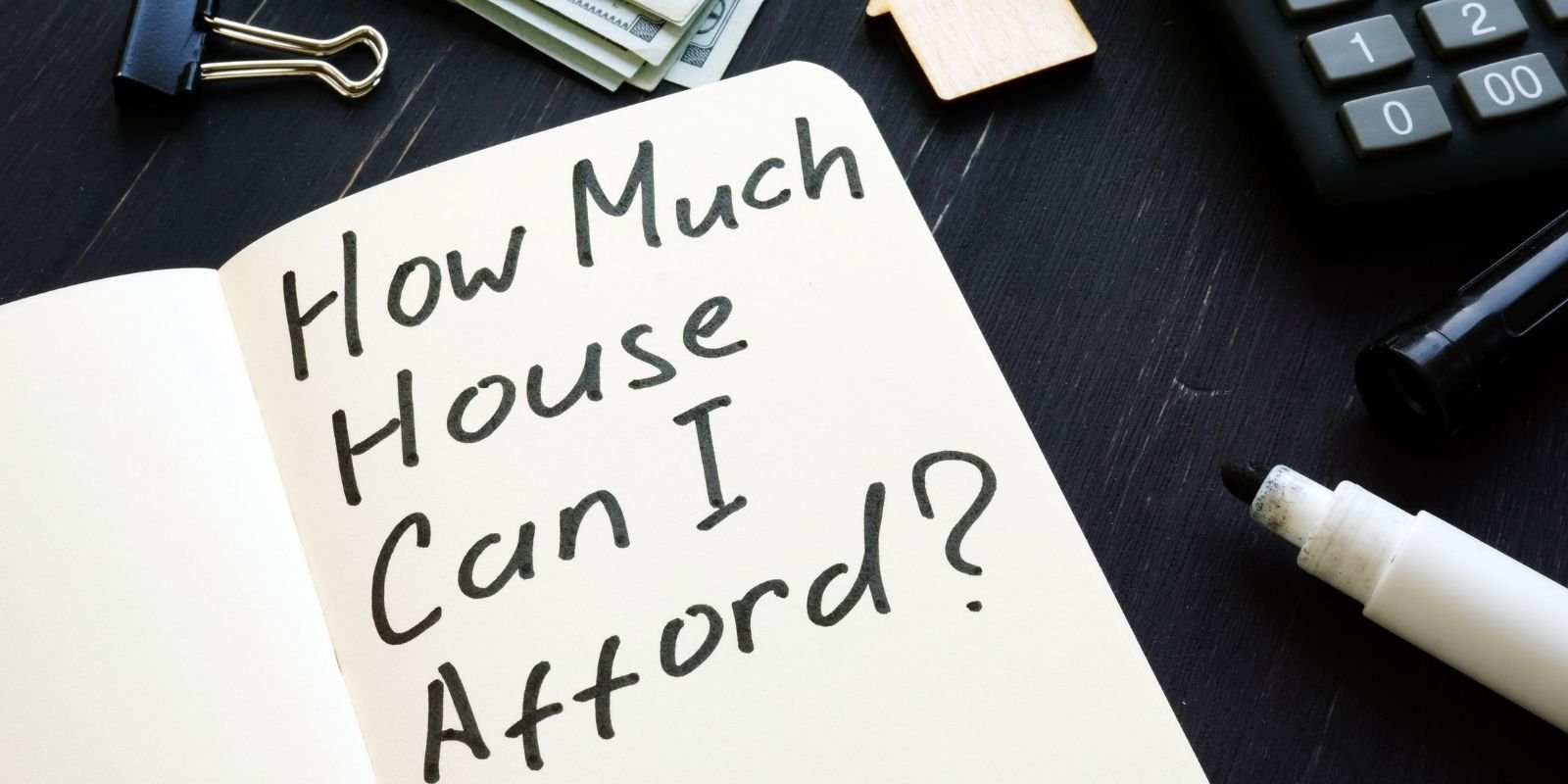
How Much Should You Put Down on a House in Texas?
There isn’t an objective amount or even a percentage down payment that is “best” — only one that is optimal for your financial situation and goals.
If you don’t have much cash or you need to keep what you have to make some DIY home improvements, then making a small down payment may be wise.
If you have the capital, the benefits of a low-interest rate, low monthly payment, and less interest over time may make a large down payment worth it.
To help you determine the right down payment amount for your situation:
- Use our Free Online Mortgage Payment Calculator to see how the down payment amount affects the monthly mortgage payment.
- Determine your home buying budget (remember to leave enough cash in reserve for maintenance and emergencies)
- Remember — don’t empty your savings to come up with a down payment
- Shop around for the right lender and compare the mortgage rates and programs they offer
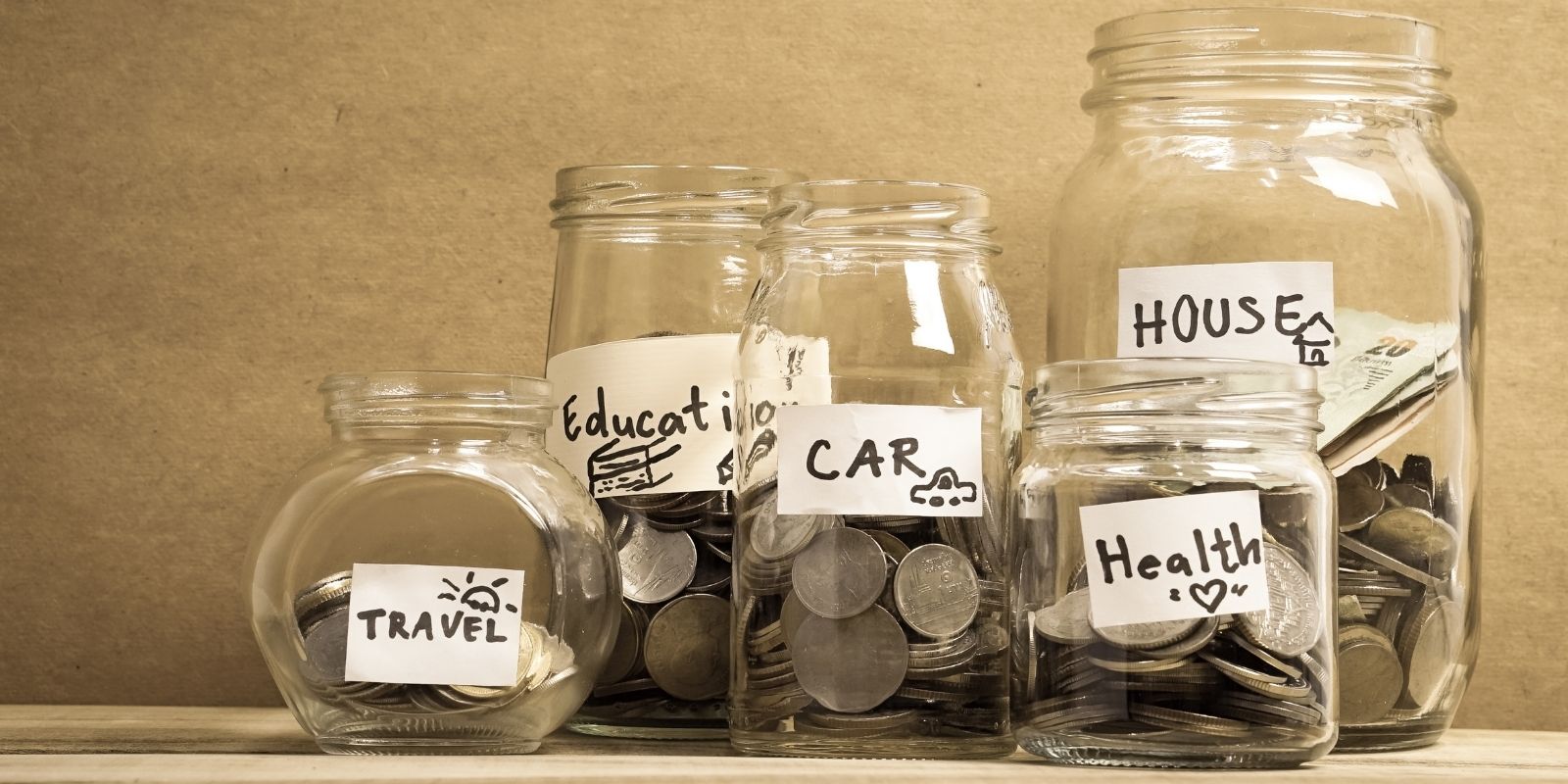
5 Ways to Save More for a Down Payment
Accumulating enough cash for a down payment takes mindfulness and discipline.
Here are a few of our favorite tips to streamline your down payment savings plan.
1. Pay Off High-Interest Debts
Few things drag down your credit or your financial health like high-interest credit card debt.
Pay off high-interest (anything above 10% interest) loans or credit cards as your first line of attack, as saving anything will be difficult while you’re hampered by these payments.
Once you’ve paid them off, apply the money you were using to pay down debt toward savings and watch your down payment fund grow.
Don’t close the credit accounts once they’re paid off because doing so can negatively affect your credit score.
2. Use an Automated Plan
One of the best ways to save for a down payment is by automating the process.
Open a dedicated savings account for your down payment fund, and have a portion of your monthly income automatically transferred into that account.
That way, you’ll be saving toward your home whether you remember to (or feel like it) or not.
3. Reduce Your Spending
Consider temporarily cutting out non-essentials from your monthly expenses and redirecting the savings to your down payment account.
Here are some ideas for a few quick savings gains:
- Cancel subscriptions you no longer need
- Eat more meals at home
- Carpool, bike, walk, or take public transit to work
- Switch to a low-cost cell phone plan
4. Increase Your Income
Speed up the time it takes to save up a down payment by taking on additional work to increase your income.
This could take the form of more hours at work, a second job, gig work, or a side hustle you do from home.
5. Use Windfalls
We all get a windfall every once in a while: birthday money, a bonus at work, refunds, or tax returns.
When unexpected money comes your way, throw all or most of it into your down payment savings fund to accelerate your progress.
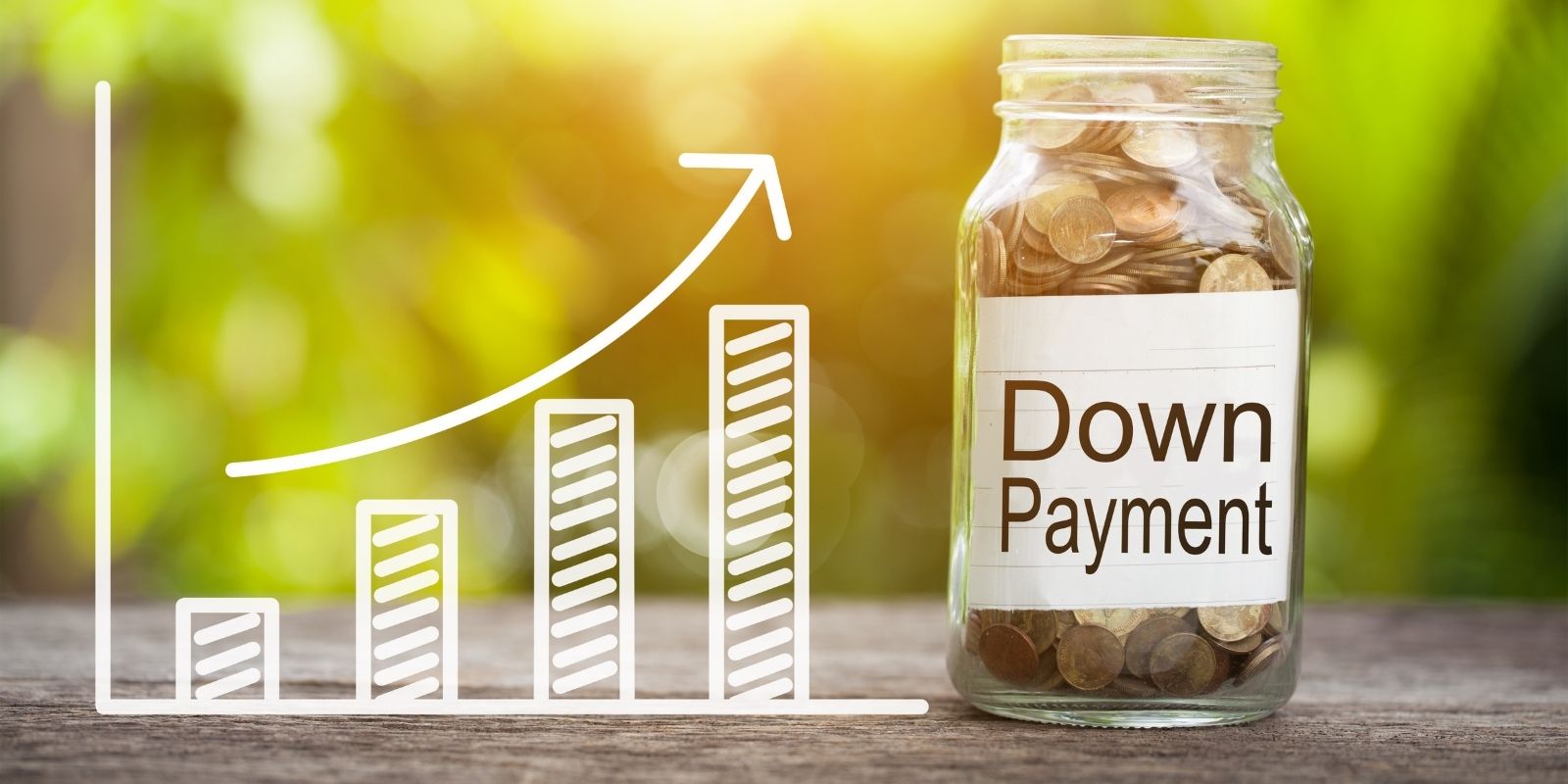
Final Thoughts on Down Payments…
Saving for a down payment takes time and discipline.
But before you start scrimping every penny to save up for a home, determine how big of a down payment you really need.
Look at your budget and financial goals and determine whether it makes sense to make a large down payment or a small one.
Talk to a few mortgage lenders and ask about the programs they offer.
Some require no down payment or a very small one, which will enable you to get into a home sooner rather than later.
Once you decide which route to go, clean up your debt and use an automated savings plan to make your down payment dreams a reality.
Whether or not you already have a down payment saved up, it’s also a good idea to speak to a real estate agent to get an idea of what’s going on in your local real estate market.
An experienced agent will be able to direct you to the best lenders for your situation, the best neighborhood for your family, and help you determine how much to budget for a down payment on your dream home.
To find a trustworthy and reliable real estate agent, contact Helen Painter Group Realtors for a free consultation.
Helen Painter’s agents have been representing buyers and sellers in Fort Worth since 1958.

